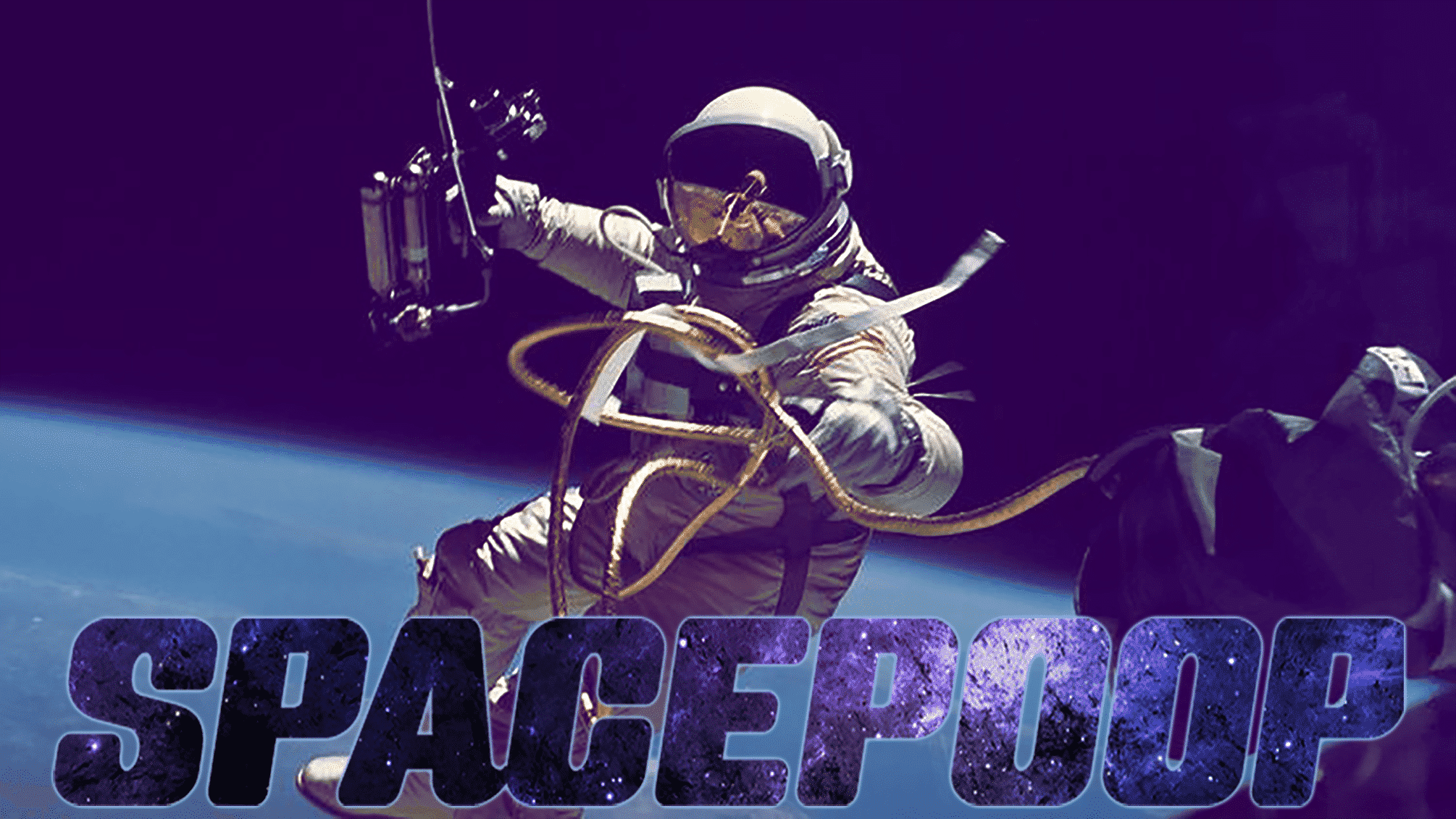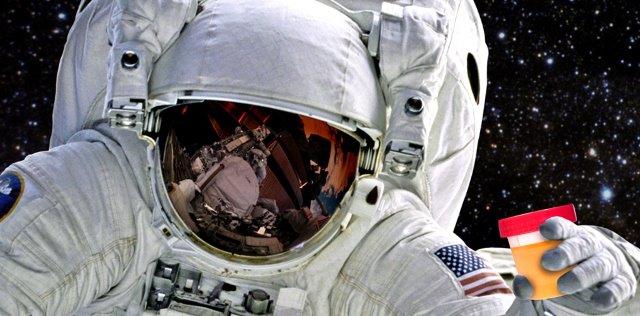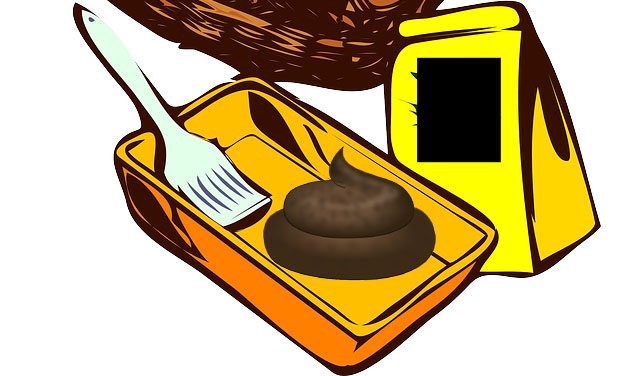Astronauts on Deep-Space Missions to Survive Off of Their Own Poop
The power of poo might help us conquer the cosmos.
Now, there is no reason to be disgusted with human poop. But there’s a chance this piece might not be for the squeamish, but give it a chance! From a scientific standpoint, human feces can surprisingly be very interesting; if nothing else, the entire buzz around using methane gas as an energy source is huge.
Everybody Poops. Its… easy. It may sound awkwardly funny, but on a serious note, how do astronauts poop when they are out in space, considering that there’s no gravity? Before you start imagining floating turds in outer space, stop right there- NASA has a solution- they have space toilets with a suction system to keep things clean.
But the real problem is with the logistics. How do you stock enough food on board to last months or years? And where do you store months or years worth of human waste?
Astronauts in spacesuits who undertake long missions have to relieve themselves in adult diapers for days, this sounds troublesome and invites huger risks of infection. Getting rid of poop has become even more challenging
as astronauts undertake longer missions in space, farther away from their spacecraft than ever before.A research team from Penn State believes they might have found a solution; but it’s one that will take some mental adjustment from astronauts. Recycling urine into drinking water is a given in space, although that’s a loop that is not yet completely closed on the International Space Station. The Penn research goes a stage further: converting solid waste into edible biomass.
It’s not as strange as it sounds, insists research leader Christopher House, a geoscientist. “Anaerobic digestion is something we use frequently on Earth for treating waste,” said House. “It’s an efficient way of getting mass treated and recycled. What was novel about our work was taking the nutrients out of that stream and intentionally putting them into a microbial reactor to grow food.”
“We envisioned and tested the concept of simultaneously treating astronauts’ waste with microbes while producing a biomass that is edible either directly or indirectly depending on safety concerns,” House said. “The concept would be a little bit like Marmite or Vegemite where you’re eating a smear of ‘microbial goo.’”
Apart from growing crops onboard the spacecraft using hydroponics, which would be costly and intensive and liable to go wrong, this technique would be a much more reliable way to make sure nobody starves (unless they’re a picky eater regarding where their food comes from).
Along with the waste, the researchers introduced microbes like Methylococcus capsulatus, which on Earth are able to consume waste through anaerobic digestion. This species is particularly efficient at converting waste into food, and can turn it into about 52 percent protein and 36 percent fat. About 50 percent of the solid waste sample was converted into food after 13 hours in the reactor.
They were also able to increase the pH level and temperature to grow two equally nutritious microbes, Halomonas desiderata and Thermus aquaticus, thus also removing any harmful pathogens. “Based on the results of the study… microbial growth is a rapid option for the production of new foodstuff from the liberated nutrients,” the team writes in their paper.

The researchers’ cylindrical test system exposes the waste to microbes, which break it down through anaerobic digestion, a process often used to treat municipal waste here on Earth. The researchers conducted their tests with artificial solid and liquid waste substitutes, so they didn’t have to inconvenience any actual astronauts.
“What was novel about our work was taking the nutrients out of that stream and intentionally putting them into a microbial reactor to grow food,” House says. The team used methane produced from the process to grow the microbe Methylococcus capsulatus, which is used in animal feed and offers a good mixture of protein and fat.
One of the biggest results of the anaerobic digestion was actually methane. Rather than look to get rid of the gas, the researchers figured out they could recycle the methane and grow yet another functional type of microbe. The team actually drew inspiration from aquariums and how they filtered and treated out fish waste.
“We used materials from the commercial aquarium industry but adapted them for methane production,” said House. “On the surface of the material are microbes that take solid waste from the stream and convert it to fatty acids, which are converted to methane gas by a different set of microbes on the same surface.”
But although these initial findings are very promising, House says that his system isn’t ready for applications yet as the study only explored the various components in isolation, rather than a fully integrated system.
A complete system that functioned together still has to be built. “Each component is quite robust and fast and breaks down waste quickly,” said House. “That’s why this might have potential for future space flight. It’s faster than growing tomatoes or potatoes.”
































